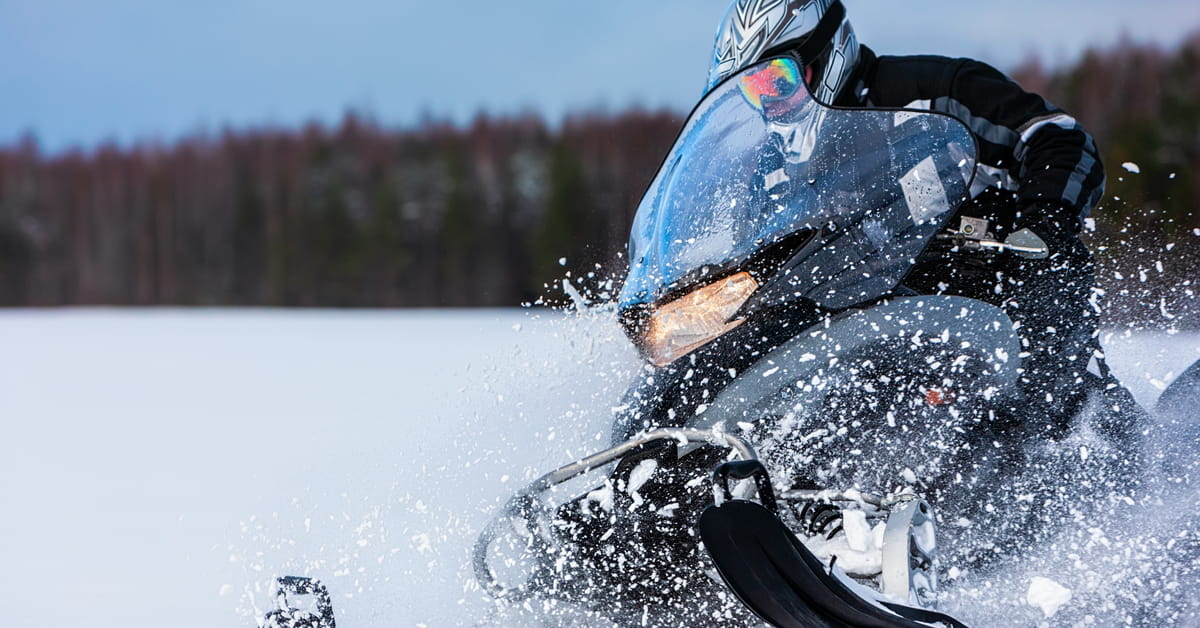OHV users are strictly prohibited from riding within any “Open Space” areas — meaning any public land or property under the jurisdiction of the MD.
An off-highway vehicle (OHV) is defined in the Traffic Safety Act as any motorized mode of transportation built for cross-country travel on land, water, snow, ice or marsh or swamp land or on any other natural terrain.
OHV helmet use is mandatory. The Traffic Safety Act includes an OHV Helmet Law. This means that helmets are mandatory for those riding OHVs on public land, unless otherwise exempt.
Where you can’t go
As an OHV user, you’re prohibited from riding within any “Open Space” areas — meaning any public land or property under the MD’s control.
This means boat launches, day-use sites, viewpoints, campgrounds, community complexes, parks, playgrounds, trails, staging areas, vacant land, municipal reserves and environmental reserves are all strictly off limits to OHVs. As the name suggests, walking trails are limited to pedestrian-use only.
Please take a moment to review the OHV Regulations section of the website. Pay special attention to the sections on speed regulations, unauthorized use on a highway (roadway), traveling the shortest route from a residence to a trail, and other rules and regulations.
Where you can go
You can ride your OHV on a highway, roadway, trail, or in an area set aside and clearly marked as a designated trail or area for OHV use. That’s it. When in these designated areas, both you and your off-highway vehicle must be in compliance with any rules that are posted. Penalties await riders who fail to follow these rules.
Documents you need
In the event that a peace officer requests it, you must provide certain documents, including a valid driving license (minimum class 7), a valid insurance document, and a valid registration certificate. It’s important to have these documents on hand.
If you plan to ride an OHV on public land, including Crown land, make sure it’s registered, insured, and equipped with a licence plate, head-light, tail-light, muffler, and a spark arrester.
If you plan to ride an OHV on a public highway, make sure you have the appropriate valid driver’s license (Class 1-5 or 7), and written permission from either Alberta Transportation or an MD bylaw to ride on that road.
Have questions? Reach out to our Protective Services team at 780.849.4888, toll-free 1.866.449.4888, or This email address is being protected from spambots. You need JavaScript enabled to view it.. You are strongly encouraged to check out the OHV Regulations section of the website for detailed information.
